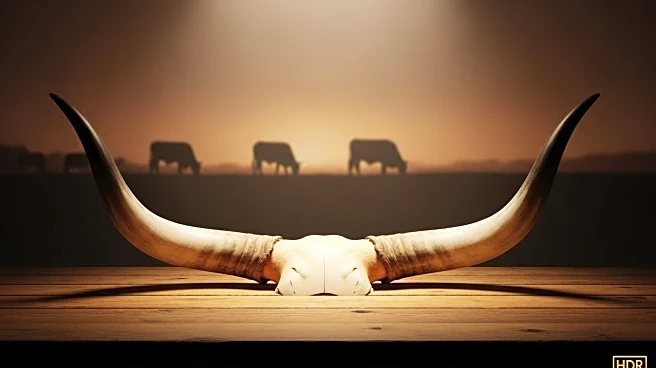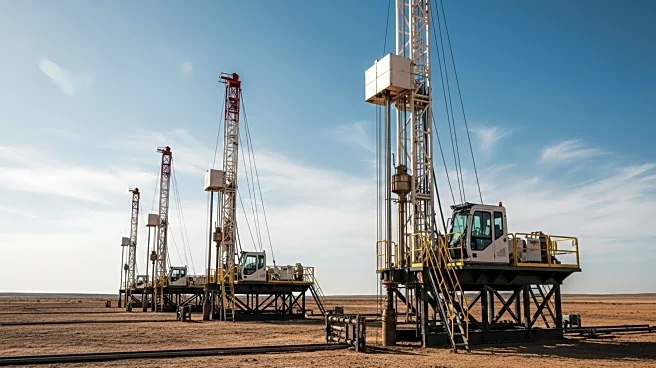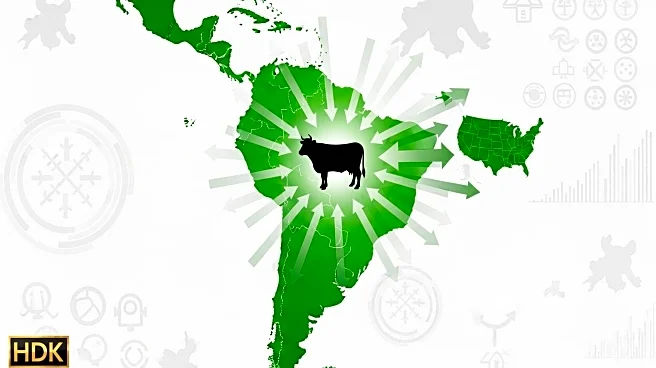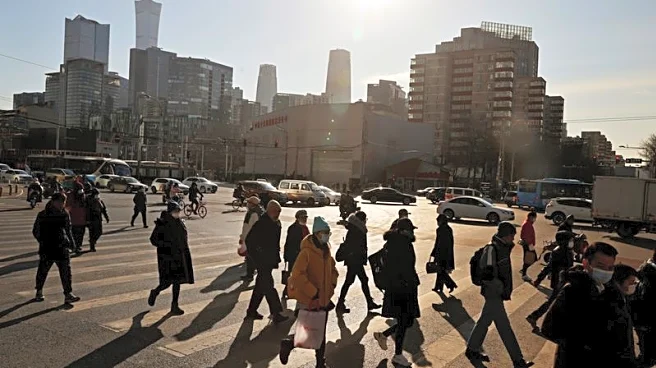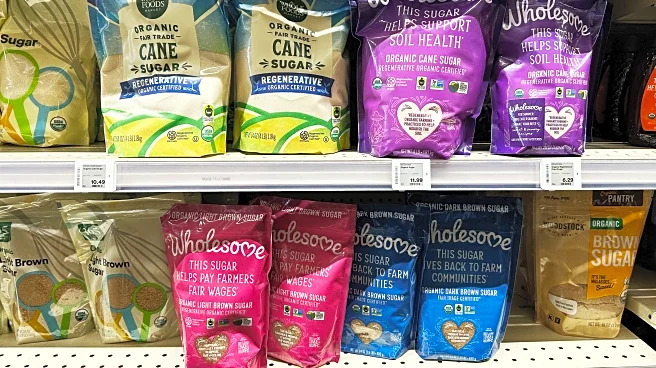What's Happening?
The U.S. cattle industry is experiencing a slow recovery in herd rebuilding due to high operational costs and the profitability of selling young females for meat rather than breeding. Ranchers have been slaughtering more beef cows than ever, leading to a surplus of meat and a subsequent drop in beef prices. This situation has discouraged ranchers from replenishing their herds. The U.S. Department of Agriculture (USDA) forecasts a 4% decline in beef production this year, with an additional 2% decrease expected in 2026. Additionally, foreign imports, particularly from Brazil, have decreased due to tariffs and health concerns.
Why It's Important?
The slow pace of herd rebuilding has significant implications for the U.S. beef industry and consumers. With beef production expected to decline, prices are likely to remain high, affecting both retailers and consumers. Restaurants and grocery stores have already started raising prices, and consumers are beginning to reconsider their beef consumption. This shift could impact the demand for beef, potentially leading to changes in consumer behavior and market dynamics. The situation also highlights the challenges faced by ranchers, who must navigate high operational costs and market pressures.
What's Next?
As beef production continues to decline, stakeholders in the beef industry may need to explore alternative strategies to manage costs and maintain supply. This could involve investing in more efficient production methods or diversifying product offerings. Additionally, policymakers may need to consider measures to support ranchers and stabilize the market. The ongoing challenges in the cattle industry could also prompt discussions about the sustainability and resilience of the U.S. food supply chain.

